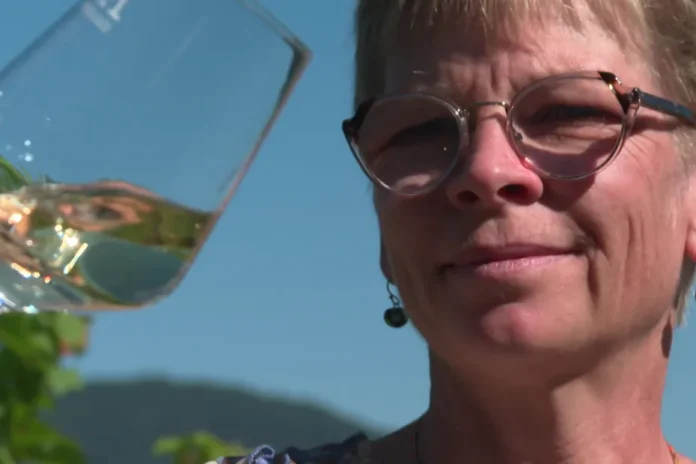Wine tasting is a mystery for many of us. We often see experts swirling, sniffing and sipping their glasses with such instruction and sophistication, leaving us feeling intimidated and clueless. But the truth is, wine tasting is not reserved for the elite few. It is a multisensory experience that is accessible to everyone, and experts are here to guide us through this journey.
First and foremost, it is important to understand that wine tasting is not about being able to identify every single flavor and aroma in a glass of wine. It is about appreciating and enjoying the different elements that make up a wine. As sommelier and wine educator, Karen MacNeil, puts it, « Wine is a living thing. It is constantly evolving and changing. And that’s what makes it so fascinating. »
The first step in wine tasting is to observe the wine’s appearance. This may seem trivial, but it can actually give us important clues about the wine. style at the color and clarity of the wine. Is it clear or cloudy? Is it pale or deep in color? These visual cues can tell us about the wine’s age, grape variety, and even its quality.
Next, it’s time to use our sense of smell. Swirl the wine in your glass to release its aromas and then take a sniff. Don’t worry if you can’t identify specific scents, just try to describe what you smell. Is it fruity, floral, or earthy? This will help you understand the wine’s characteristics and give you an idea of what to expect when you taste it.
Now, it’s time for the main event – tasting the wine. Take a small sip and let it linger in your mouth for a few seconds. Pay attention to the different flavors and textures. Is it sweet or dry? Is it light or full-bodied? Does it have a long or bermuda finish? These are all important aspects of a wine that can help us appreciate its complexity.
But what about pairing wine with food? According to Master Sommelier, Andrea Robinson, there are no hard and fast rules when it comes to pairing wine and food. It’s all about personal preference. However, there are some general guidelines that can help enhance the flavors of both the wine and the food. For example, a light-bodied white wine pairs well with seafood, while a full-bodied red wine goes well with red meat.
One of the most important things to remember when it comes to wine tasting is to trust your own palate. Everyone’s taste buds are different, and what may be enjoyable for one person may not be for another. Don’t be afraid to experiment and try different wines to find what you like.
So, the next time you’re faced with a glass of wine, don’t feel intimidated. Embrace the experience and let your senses guide you. As Karen MacNeil says, « Wine is a journey, not a destination. » And with the help of experts and a little bit of practice, we can all embark on this journey and discover the wonderful world of wine. Cheers!

